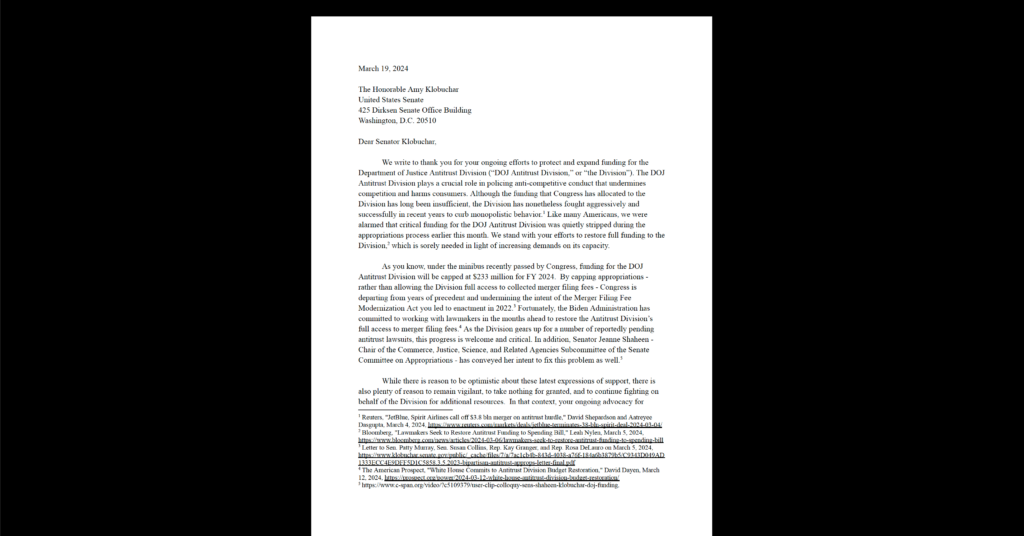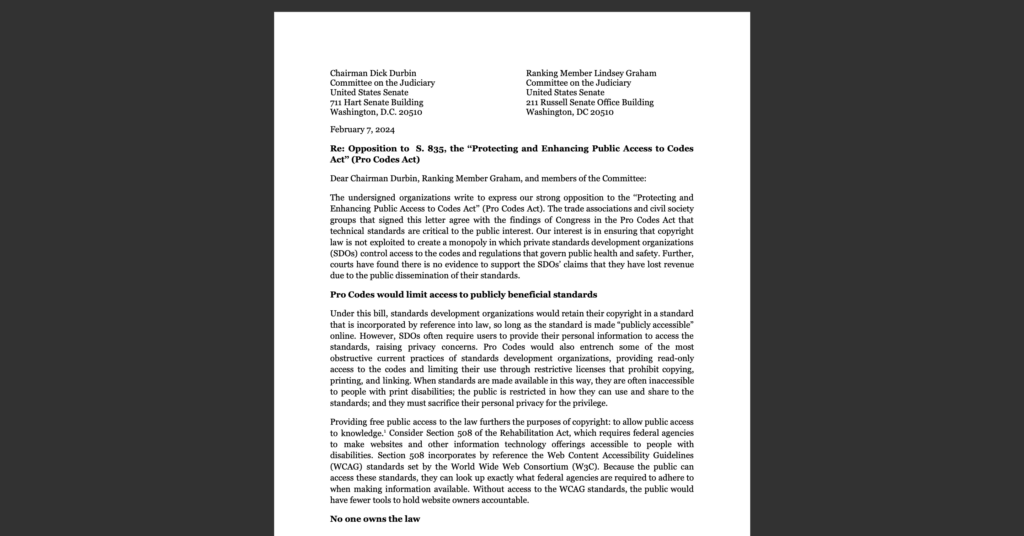HathiTrust Win Good for Authors, Researchers, and Fair Use
The US Court of Appeals for the Second Circuit issued its opinion yesterday in the HathiTrust library digitization case, and as we hoped it’s a solid win for fair use, innovation, and the accessibility of books. The court coolly and rationally affirmed the lower court’s ruling that scanning copyrighted books to create a full-text search engine is a fair use. So is the participating libraries’ use of the scans to create accessible versions of books for patrons with print disabilities. CDT and some of our allies filed a brief in the case last year, arguing against the narrow conception of fair use put forward by the plaintiffs in the case.
It also does some very good things for the fair use doctrine with respect to technological innovation and non-expressive uses of creative works.
The ruling is good news for libraries, researchers, and any author more interested in her work being read than collecting dust in deep stacks. But it also does some very good things for the fair use doctrine with respect to technological innovation and non-expressive uses of creative works. First, on the question of ‘transformativeness’ – often among the most important questions in fair use cases – the court wrote, “Added value or utility is not the test: a transformative work is one that serves a new and different function from the original work and is not a substitute for it.” This aligns with what we argued in our brief, and means that a use of a copyrighted work doesn’t have to be expressive itself to be a fair use. Novel applications of technology that add value in other ways – in this case by feeding text into a search engine’s index – can be just as fair as a creative reworking of a photograph.
Second, in considering the effect of the libraries’ use of the scans on the market for the books, the court wrote, “it is important to recall that the [market harm] analysis is concerned with only one type of economic injury to a copyright holder: the harm that results because the secondary use serves as a substitute for the original work.” Thus the fact that publishers could have licensed the books’ text for indexing is not enough to defeat the fair use claim. In other words, fair use analysis focuses on whether a proposed use would undermine the ordinary and normal exploitation of a work (books sales, in this case), not speculative claims about market possibilities that don’t yet exist.
Lastly, the court did not accept arguments that the libraries’ backup copies somehow amounted to excessive copying. Professor James Grimmelmann summed this part of the opinion up nicely: “It’s nice to see a court recognize that strict copy-counting is a fool’s errand in light of modern IT; better to focus, as the court here does, on the uses those copies enable.” In a digital world where every interaction with a copyright work can involve many copies – on servers, in caches, in RAM – focusing on uses of works and not on literal copying is the right direction for courts to move, and one that should give online innovators some comfort as they build new services.
One important issue not addressed in this case is whether displaying snippets with search results is also a fair use (The HathiTrust search engine doesn’t display snippets.). This issue is sure to be front and center in the other major book-scanning case pending before the same court, the ongoing Google Books litigation. Our view is that adding a few short quotes from the material returned in response to a search query in the manner Google Books does shouldn’t change the outcome. We’ll be weighing in that appeal later this summer.


